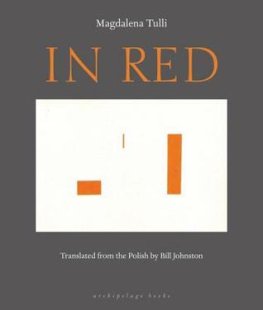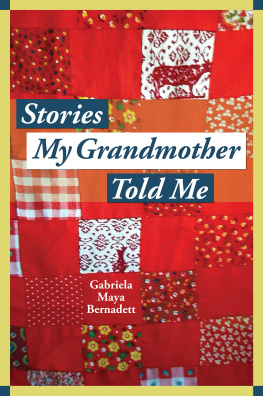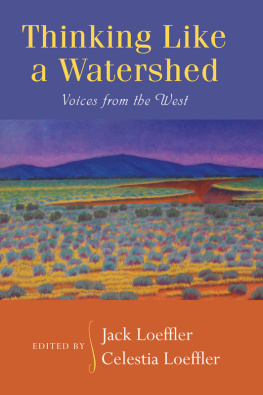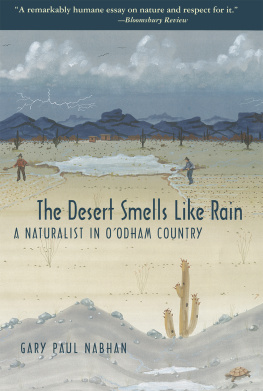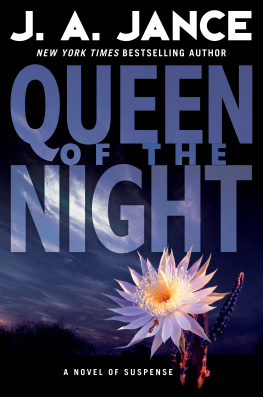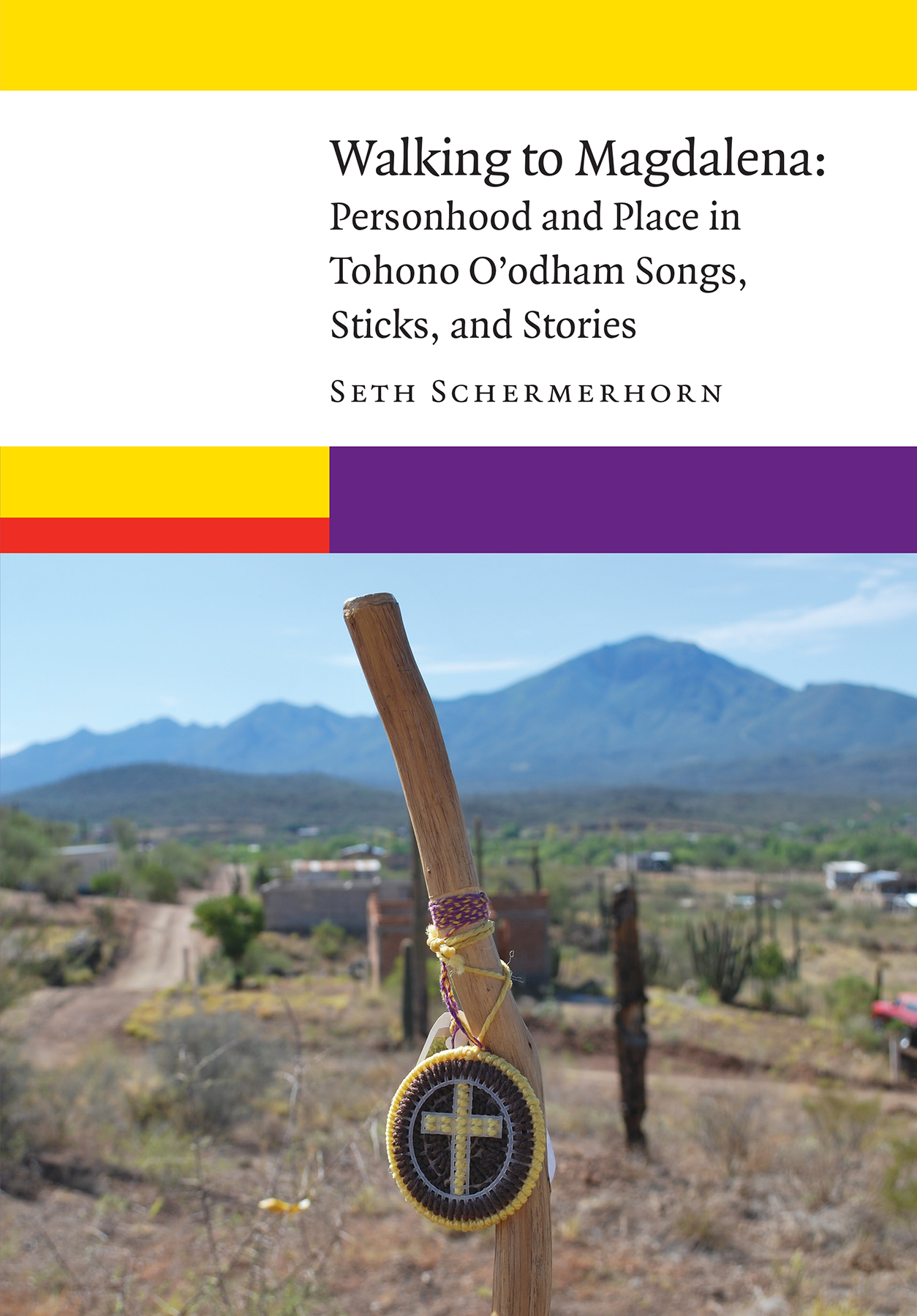
In the tradition of Keith Bassos Wisdom Sits in Places, Seth Schermerhorns Walking to Magdalena grounds the study of Native American religion, and in this case Tohono Oodham Catholicism, in a profoundly sophisticated sense of place and deliberate movement across ancestral landscapes. Theoretically informed and tangibly grounded in respectful relationships with Tohono Oodham elders, Walking to Magdalena is as humble a book as it is game-changing. We come to think differently about pilgrimage, the indigenization of Christianity, and what it might mean to become fully human.
Michael D. McNally, John M. and Elizabeth W. Musser Professor of Religion at Carleton College
Walking to Magdalena makes important contributions to the field of indigenous religious studies. The work will also be of interest to those doing fieldwork with Native communities, regardless of the specific field of research.... The writing is some of the clearest academic writing Ive read. The author has a unique gift for writing direct, simple sentences, yet within an insightful, engaging narrative.
David Delgado Shorter, professor in the Department of World Arts and Cultures/Dance at the University of California, Los Angeles
Seth Schermerhorns insightful work, Walking to Magdalena, is a wonderful piece of ethnographic research offering a poignant window on Oodham Catholic beliefs and practices. He was fortunate to become a friend and walking companion to the Oodham.
Ofelia Zepeda, author of Where Clouds are Formed
A sophisticated and engaging ethnography of Oodham expressive culture as it relates to pilgrimages to Magdalena; as an inveterate walker myself, Schermerhorns discussion of being a good walker reminds us of the fundamental role that walking can have in the constitution of memory and history.
Anthony K. Webster, author of Intimate Grammars: An Ethnography of Navajo Poetry
Walking to Magdalena makes a vitally important contribution to borderland studies, tracing the making and remaking of place and personhood of the now-transnational Tohono Oodham. It makes contributions to indigenous and subaltern studies and provides us with a unique set of Tohono Oodham voices.
Andrae Marak, dean of the College of Arts and Sciences and Graduate Studies and professor of history and political science at Governors State University
New Visions in Native American and Indigenous Studies
Series Editors
Margaret D. Jacobs
Robert Miller
Walking to Magdalena
Personhood and Place in Tohono Oodham Songs, Sticks, and Stories
Seth Schermerhorn
Co-published by the University of Nebraska Press and the American Philosophical Society
2019 by the Board of Regents of the University of Nebraska
The Tohono Oodham pronunciation guide is reproduced from A Tohono Oodham Grammar by Ofelia Zepeda. 1983 the Arizona Board of Regents. Reprinted with permission of the University of Arizona Press.
An earlier version of chapter 2 appeared as Oodham Songscapes: Journeys to Magdalena Remembered in Song, Journal of the Southwest 58, no. 2 (Summer 2016): 23760.
An earlier version of chapter 3 appeared as Walkers and Their Staffs: Oodham Walking Sticks by Way of Calendar Sticks and Scraping Sticks, Material Religion: The Journal of Objects, Art and Belief 12, no. 4 (December 2016): 476500.
A small portion of appendix 1 originally appeared in Global Indigeneity and Local Christianity: Performing Oodham Identity in the Present in Handbook of Indigenous Religion(s), ed. Greg Johnson and Siv Ellen Kraft, 192203 (Leiden: Brill, 2017).
Cover designed by University of Nebraska Press; cover image courtesy of the author.
All rights reserved
Library of Congress Cataloging-in-Publication Data
Names: Schermerhorn, Seth, author.
Title: Walking to Magdalena: personhood and place in Tohono Oodham songs, sticks, and stories / Seth Schermerhorn.
Other titles: New visions in Native American and indigenous studies.
Description: [Lincoln, Nebraska]: Co-published by the University of Nebraska Press and the American Philosophical Society, [2019] | Series: New visions in Native American and indigenous studies | Includes bibliographical references and index.
Identifiers: LCCN 2018034578
ISBN 9781496206855 (cloth: alk. paper)
ISBN 9781496213891 (epub)
ISBN 9781496213907 (mobi)
ISBN 9781496213914 (pdf)
Subjects: LCSH : Tohono Oodham IndiansReligion. | ChristianityArizona. | Pilgrims and pilgrimagesArizona. | Pilgrims and pilgrimagesMexicoMagdalena de Kino.
Classification: LCC E 99. P 25 S 34 2019 | DDC 979.1004/974552dc23 LC record available at https://lccn.loc.gov/2018034578.
The publisher does not have any control over and does not assume any responsibility for author or third-party websites or their content.
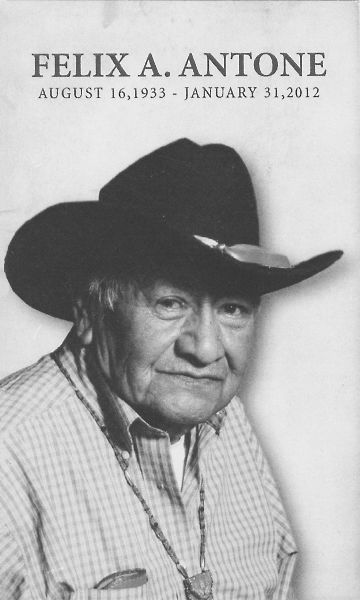
For Felix
Contents
I use the orthography developed by linguists Albert Alvarez and Kenneth Hale during the 1960s, which was subsequently adopted in 1974 as the official Oodham writing system of the Tohono Oodham Nation. The following list of approximate English equivalent sounds is taken from Ofelia Zepedas A Tohono Oodham Grammar.
- alike the a in father
- blike the b in big
- clike the ch in chips
- dlike the th in this
- like the t with a glottal stop in but
- elike the u in hum
- glike the g in go
- hlike the h in hat
- ilike the i in machine
- jlike the j in job
- klike the k in kiss
- l(no similar sound in Englishthe closest is the dd in ladder; also similar to the single r in Spanish)
- mlike the m in miss
- nlike the n in no
- like the ny in canyon
- like the ng in finger
- olike the a in all
- plike the p in pot
- slike the s in see
- like the sh in ship
- tlike the t in top
- ulike the u in brute
- wlike the w in win
- ylike the y in yes
Additionally, the symbol (), which represents an apostrophe in English, represents a glottal stop in Oodham. Long vowels are followed by a colon (:), and short vowels, which usually occur at the end of a word, are represented by a breve () over the letter.
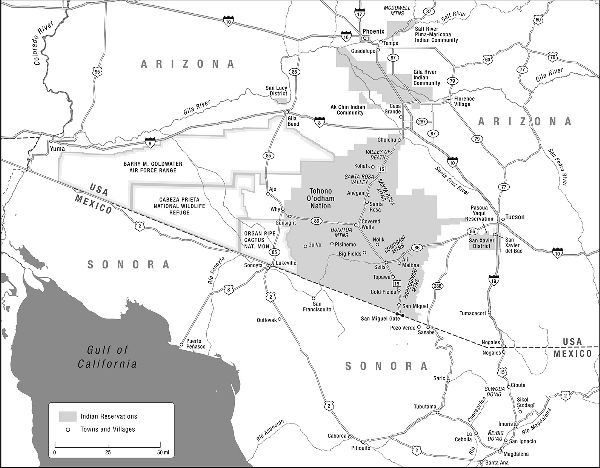
Traditional Oodham territory. Erin Greb Cartography.
This book is the culmination of almost a decade of learning and working within both Oodham and academic communities. First and foremost, I gratefully thank all of my consultants who shared with me their lives and knowledge about pilgrimages to Magdalena. In particular, I must thank the extended Lopez family of Kaij Mek and beyond for always having an open door for me, especially Simon Lopez and Louis Anthony Lopez. I also thank Ana Antone and Felix Antone, who supported my work on this project before anyone else did, as well as Deacon Alfred Gonzales, Joe Joaquin, Kendall Jose, Verlon Jose, Camillus Lopez, Mary Narcho, Mary Ann Ramirez, Jonas Robles, Bernard Siquieros, and Royetta Thomas. Many other Oodhamfar too many to list by name herealso deserve thanks for the hugs, handshakes, and smiles that I receive every time I return to the Tohono Oodham Nation. I have been blessed to have a home away from home and to be part of a large and growing family of walkers. I am deeply grateful for ongoing support from the Tohono Oodham Nation Cultural Center & Museum and Tohono Oodham Community College. This research would not have been possible without the support of the Tohono Oodham Nations Legislative Council, which passed a resolution approving my research. I have a deep respect for the Nations mandate to oversee research conducted within its borders. I am particularly grateful to Frances Conde, Billman Lopez, Sandra Ortega, Frances Stevens, Art Wilson, and the Cultural Preservation and Human Resources Development committees for guiding me through the approval process. To be clear, though, neither the Legislative Council nor any individual tribal member is responsible for my findings, and all errors of omission or interpretation are mine.
Next page

